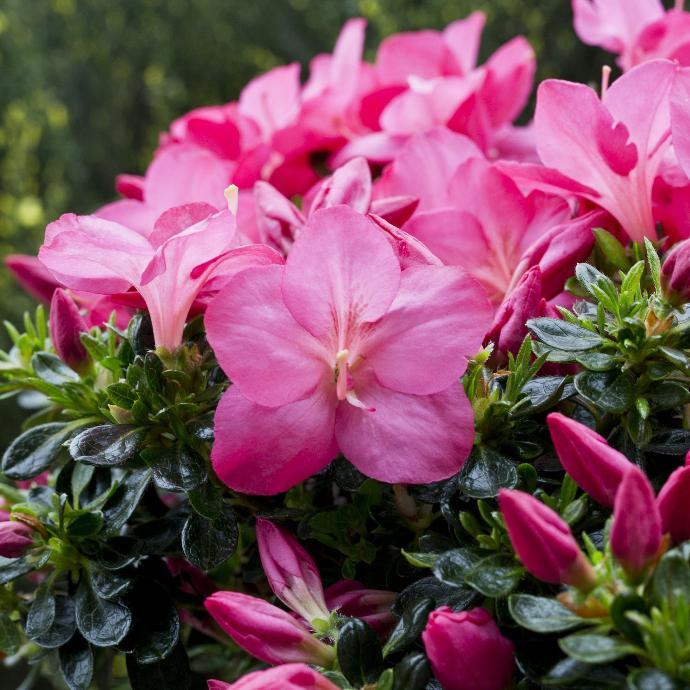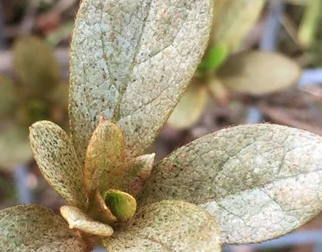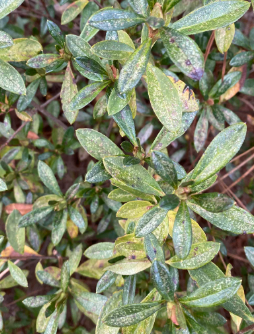Azalea Plant
Rhododendrons/Azaleas are shrubs growing 1–15 ft tall, suitable for USDA zones 5–9, with slow to moderate growth in acidic, organic-rich soil, thriving in partial shade and moderate moisture, and have medicinal properties.

Habit
Shrub
Height
1-2 m
Growth
Slow to moderate
Soil
Acidic, well-drained soil
Shade
Partial shade
Moisture
Moderate moisture
Edible
No
Medicinal
Yes
Origin
Asia, Europe, North America
Climatic Condition
Temperate
Temperature (°)
15-25°C
Humidity (%)
60-80%
Potting media
Peat-based mix
Fertilizers
Acidic fertilizers
Watering
Regular watering; keep soil moist
Plant Weight
1-2 kg
Flowering Time
Spring
Soil Ph level
4.5 - 6.0
Water Ph level
5.5 - 6.5
Soil EC
Medium
Yield Per Plant
Ornamental use
NPK ratio
15:15:15
life Span
Perennial
Health Benefits
Suggested Grow Media or Potting Mix ?
50% pine bark, 25% peat moss, 25% perlite
Suggested Fertigation/Fertilizers
Fertilize every 2 weeks with an acid-loving fertilizer.
Common Diseases and Remedies
Powdery Mildew, Leaf Spot, Azalea Gall, Lace Bugs
White coating on leaves, deformed foliage, yellowing
Neem oil, prune infected parts
Copper fungicides, systemic insecticides
HEALTH BENEFITS
1. Antioxidant Properties: Azalea plants contain antioxidants that can help protect against oxidative stress and inflammation.
2. Anti-Inflammatory Properties: The plant has anti-inflammatory properties that can help reduce inflammation and alleviate symptoms of conditions such as arthritis.
3. Cardiovascular Health: Azalea plants may help support cardiovascular health by reducing cholesterol levels and blood pressure.
4. Digestive Health: The plant has been traditionally used to treat digestive issues such as diarrhea and dysentery.
5. Antimicrobial Properties: Azalea plants have antimicrobial properties that can help protect against infections.
6. Skin and Hair Benefits: The plant's antioxidants and other compounds may help promote healthy skin and hair.
7. Stress Relief: Azalea plants have been traditionally used to help reduce stress and anxiety.

